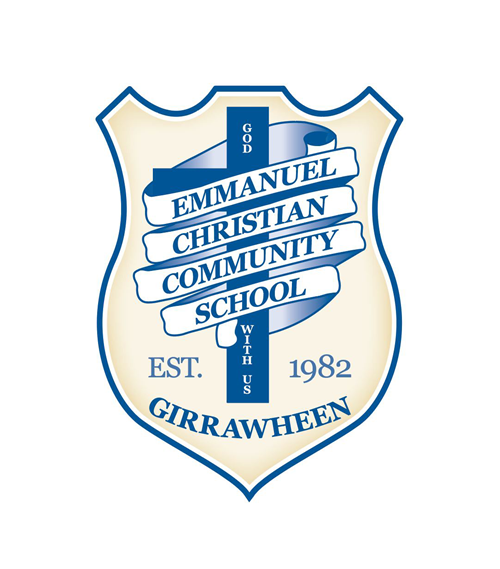Mathematics: Money and financial literacy
Introduction
Inverloch Primary School provides cohesive learning, engagement and wellbeing programs. The ‘Challenging Learning and Growth Mindset’ helps provide a rich theoretical and practical approach to learning. The school caters for the diversity of students by providing adjustments to teaching and learning.
In this illustration of practice, a composite Year 1 and 2 class worked on the Mathematics sub-strand ‘Money and Financial Mathematics’. During the lesson, the teacher used mixed ability groupings to foster opportunities for students to explain and justify their strategies to their peers, and the teacher. Through learning from each other, these students have accepted much greater agency in their own learning.
Learning intention
Students recognise, describe and order Australian coins according to their value.
Prior to the lesson
Students:
- recognised that the dollar sign ($) is placed in front of the dollar value
- recognised that the cent abbreviation (c) follows the cent value
- placed different coins in order of value
- completed a 50c ‘make and draw it’ worksheet
- used the ‘money spider’ worksheet.
During the lesson
Students completed different activities aligned to their learning needs and abilities. The activities included:
- a ‘money spider’ activity to represent money values in a variety of ways
- calculation of the total value of collections of coins
- the use of manipulatives to validate reasoning
- demonstration of student knowledge of coin values
- the addition of coins to a $5 note to reach a set value.
Planned adjustments
The following adjustments were in place:
- a focus on subject-specific language for students with language difficulties
- differentiated tasks (‘money spider’ activity)
- higher order questions to extend students
- a range of manipulatives.
Dimensions of the Australian Curriculum accessed in this illustration of practice

Learning area content
|
Learning Area |
Elements from Achievement Standard |
Content Descriptions |
Elaborations |
|
Mathematics |
Year 1 … recognise Australian coins according to their value. |
Recognise, describe and order Australian coins according to their value (ACMNA017) |
Identifying equivalent values in collections of coins or notes Counting collections of coins to make up a particular value |
|
Year 2 … associate collections of Australian coins with their value. |
Count and order small collections of Australian coins and notes according to their value (ACMNA034) |
Identifying equivalent values in collections of coins or notes Counting collections of coins or notes to make up a particular value |
General capabilities
Example 1
|
General Capability |
Sub-element |
Level 1 |
Level 2 |
Level 3 |
Level 4 |
Level 5 |
Level 6 |
|
Numeracy |
Use money |
1b |
|
|
|
|
|
|
Critical and Creative Thinking |
Seek solutions and put ideas into action |
|
|
|
|
|
|
| Critical and Creative Thinking |
Think about thinking |
|
|
|
|
|
|
| Critical and Creative Thinking |
Evaluate procedures and outcomes |
|
|
|
|
|
|
Additional ACARA documents/ frameworks used to plan the lesson
EALD learning progressions
|
Word knowledge Level 2 |
Use mostly familiar vocabulary, with a steady introduction of new vocabulary in learning area contexts |
- Throughout the lesson, what types of questions were used by the teacher to gain feedback on student understanding and to direct future learning?
- Identify the pedagogical supports used by the teacher and discuss how these might be used to support students in your class/school.
- Identify a different dimension of the Australian Curriculum that could be used to enhance the learning of one or more of these students. Explain how this dimension could be used.
Similar illustrations of practice
Copyright
These illustrations of personalised learning are not licensed under the creative commons license used for other material on the Australian Curriculum website. Instead, you may view, download, display, reproduce, and distribute these materials in unaltered form only for your personal, non-commercial educational purposes or for the non-commercial educational purposes of your organisation, provided that you retain this copyright notice. This means you cannot edit, modify or adapt any of these materials and you cannot sub-license any of these materials to others. Apart from any uses permitted under the Copyright Act 1968 (Cth), and those explicitly granted above, all other rights are reserved by ACARA.






